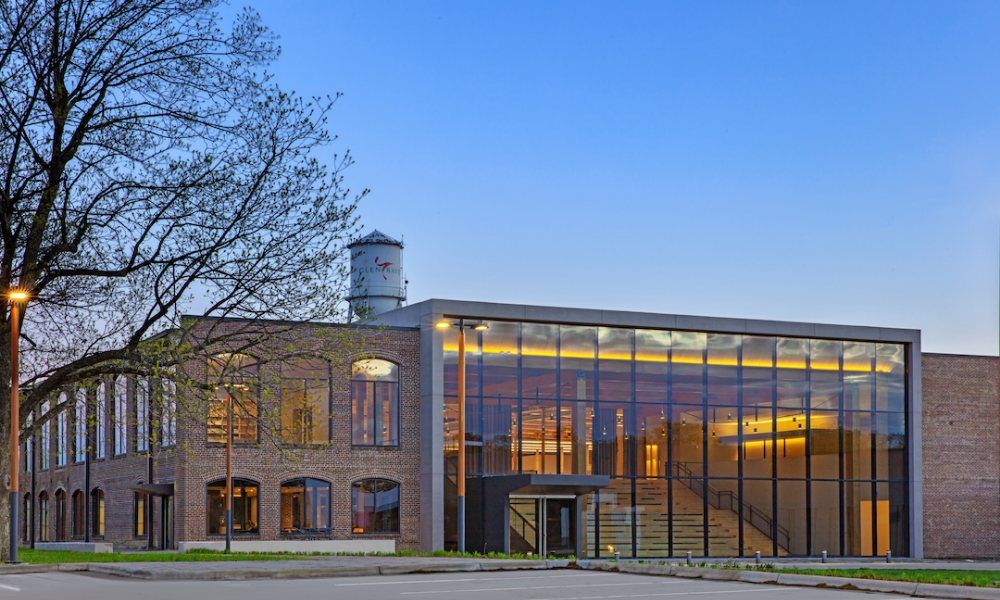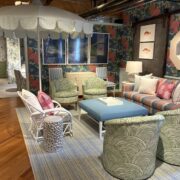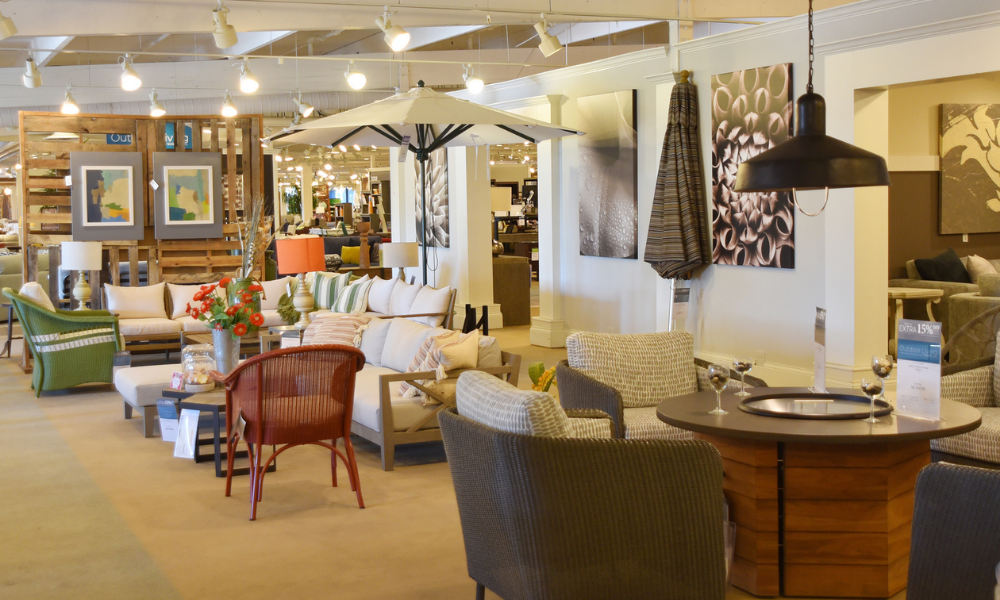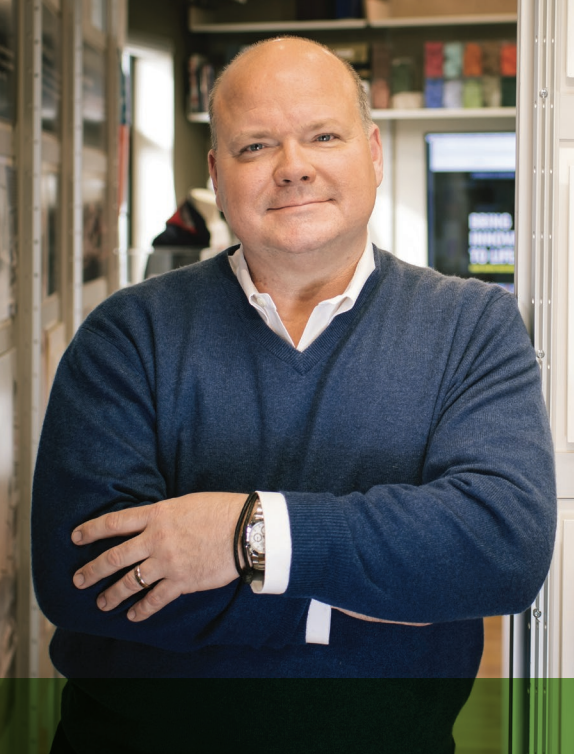
Glen Raven Inc. recently shared progress updates as a follow-up to the company’s inaugural corporate sustainability report issued last year.
Over 30 company associates, as well as the executive team at Glen Raven, worked with BSR, a leader in DEI consulting, to help guide the company’s DEI journey.
The 2021 progress report contains detailed information and metrics about the company’s efforts toward goals in two foundational pillars: “Supporting Our People and Communities” and “Sustaining Our Planet.”
Casual News Now caught up with Glen Raven CEO Leib Oehmig to talk about some of the progress the company made in 2021, the benchmarks from the report and what’s in store for the future.
Diversity, Equality and Inclusion Team
The first major achievement in 2021 was establishing a Diversity, Equality and Inclusion (DEI) team to lead the company.
Though Glen Raven inherently includes a wide range of viewpoints and perspectives from operating in 23 countries, the company still knew it could do more, bringing in BSR to help consult on the company’s DEI goals.
One of the first improvements they made was assessing where they were when it came to diversity, and in the process, they created six new positions that relate to development and training. These new hires will help foster associate growth and inclusivity, according to Oehmig, and they will focus on associate equality by identifying and advocating for growth and development opportunities to build Glen Raven’s pipeline of internal talent.
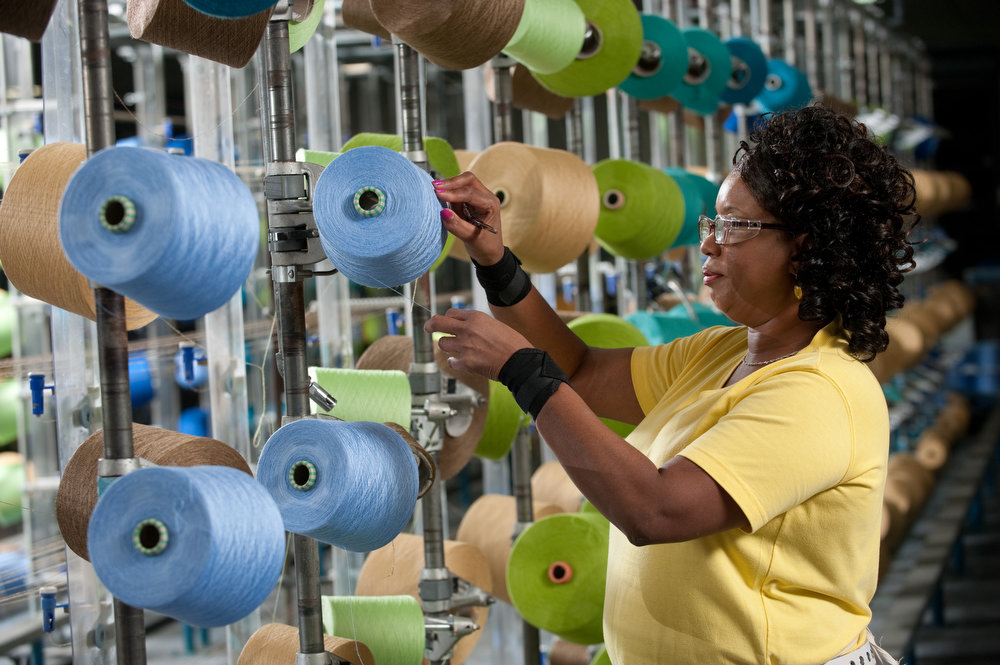
“But also as it relates to bringing more diversity and more points of view into the organization, and making sure that we’re preparing them for their career journey throughout Glen Raven,” Oehmig adds. “We recognize that we still have a lot to learn and improvements that we can make, and that’s been part of this journey for us.”
Beat OSHA Benchmarks
As part of an effort to keep employees safe and reduce the chance of a workplace accident, Glen Raven achieved safety rates that were 50% better than the latest OSHA benchmarks.
As the company prepared to expand its business due to high demand during the pandemic, Oehmig says it knew there would be a great number of new associates that were coming in to the organization, and he wanted to make sure they were as prepared as possible.
“Everybody wants to keep their associates safe, and there are industry measures that you use to measure your safety progress,” Oehmig explains “And a lot of times it’s around safety teams and safety process. But over the last 30 years, we’ve kind of evolved from measuring and making it more of a regulatory environment, to asking, ‘How do we recognize the behaviors that ultimately can either lead to injury or create an unsafe condition either for our individual associates or for one of their peers?
So Glen Raven follows what it calls behavioral-based safety — a system based on peer-to-peer observation that Oehmig says is now part of the culture.
“It’s really a hallmark of our culture, where we actually have peers holding each other accountable,” he says. “And so that has really led to us making significant improvements, not only in terms of early identification of potential hazards, but working with equipment suppliers and others to ensure that we are looking for any potential hazards the in the product development and in the manufacturing process. That is what is truly led to us achieving better OSHA benchmarks.”
Sustainability Goals
Glen Raven has been green since before it became buzzword, and it’s woven into the company’s culture at this point. And while it’s not new to them, Oehmig says he does recognize the opportunity to push the company and put goals out there that they aspire to achieve.
“And so that has really led to us making significant improvements, not only in terms of early identification of potential hazards but working with equipment suppliers and others to ensure that we are looking for any potential hazards in the product development and manufacturing process,” Oehmig says.
And the statistics speak for themselves. In 2021, the company:
- Achieved an interim goal of 25% use of renewable electricity — with a goal to become 100% powered by certified renewable electricity by 2025.
- Attained a 33% decrease in Scope 1 and 2 net carbon emissions from 2019 to 2021.
- Recycled 108,309 pounds of fabric in partnership with customers.
- Saw a 50% increase in the use of recycled materials in our products.
- Increased waste diversion from landfill rate to 97%.
“Scope 1 and Scope 2 emissions refer to the direct emissions from manufacturing processes,” Oehmig explains. “We are a vertical organization in that we make everything from our yarn all the way through our finished fabric and distribution. So in all of our processes, Scope 1 deals with direct emissions, and scope two is the emissions from our purchase sources, such as the electricity that we purchase.”
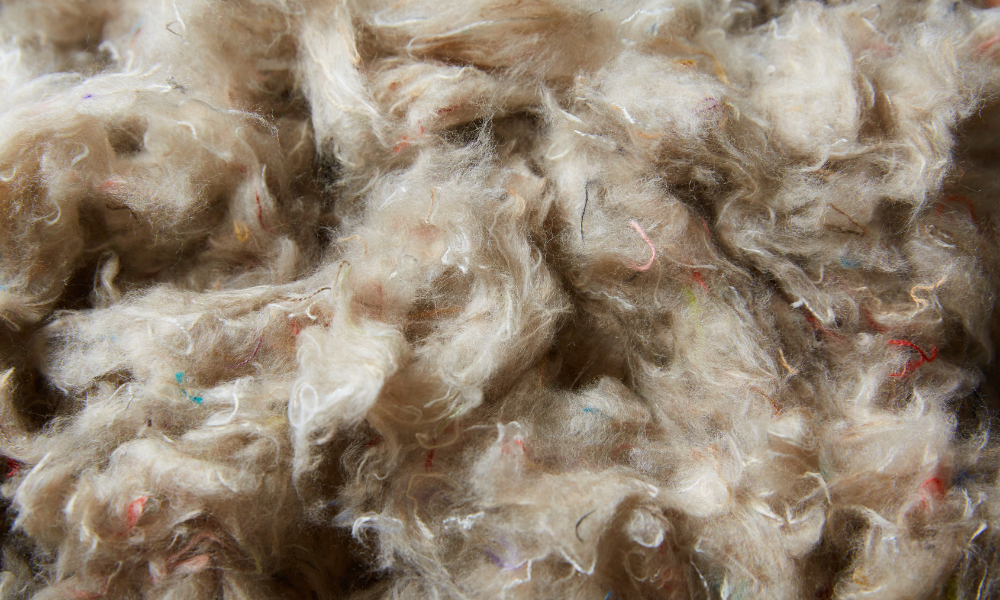
And then, in terms of the company’s carbon footprint, Oehmig says it wants to become carbon neutral for scope 1 and 2 emissions by 2030.
“It’s a little bit out of our comfort zone,” Oehmig says. “The owners of Glen Raven, the Gant family, have always operated with a mantra of just do the right thing. And so we’ve never felt compelled to try to publicize that in any way. But there’s been a clear recognition that not only with the next generation of shareholders that are now involved in the business, but with our associates, and certainly with our industry partners, and with the consumers that we ultimately want to support that people want to know.”
For more information about Glen Raven’s commitments to sustainability and to view the progress report, visit GlenRaven.com/sustainability.





